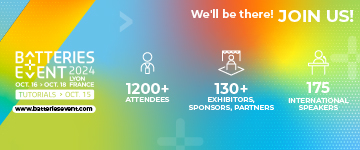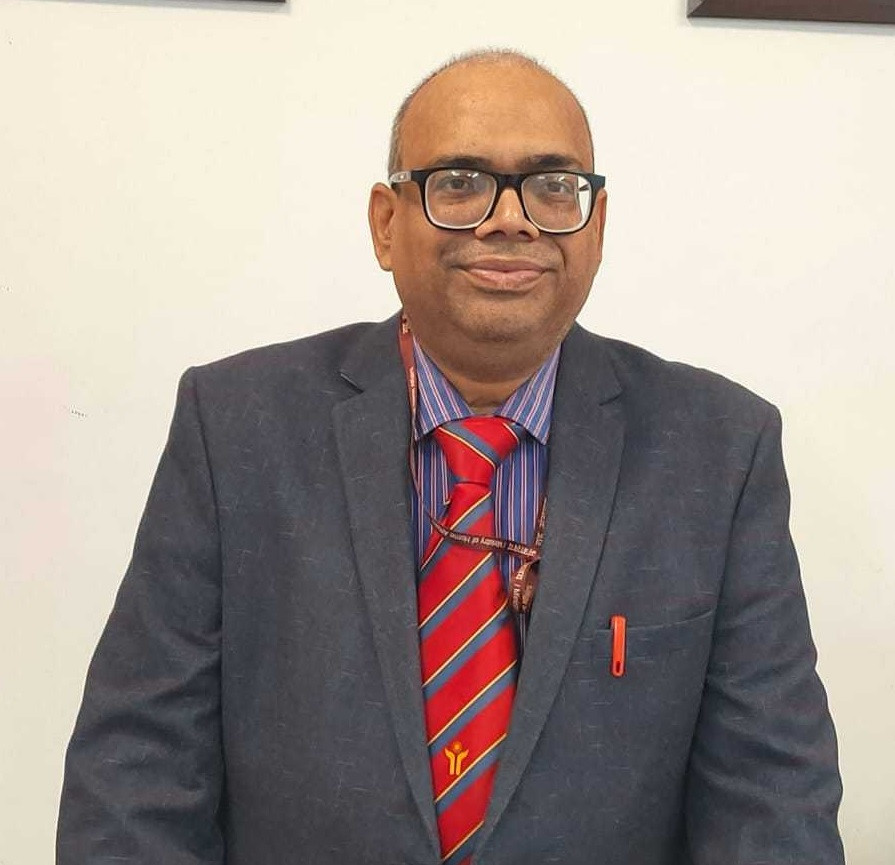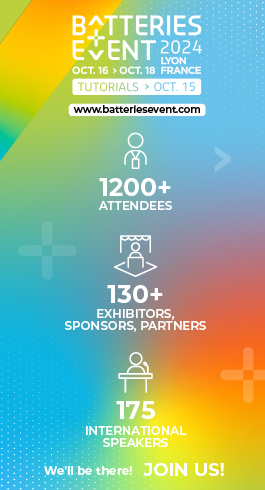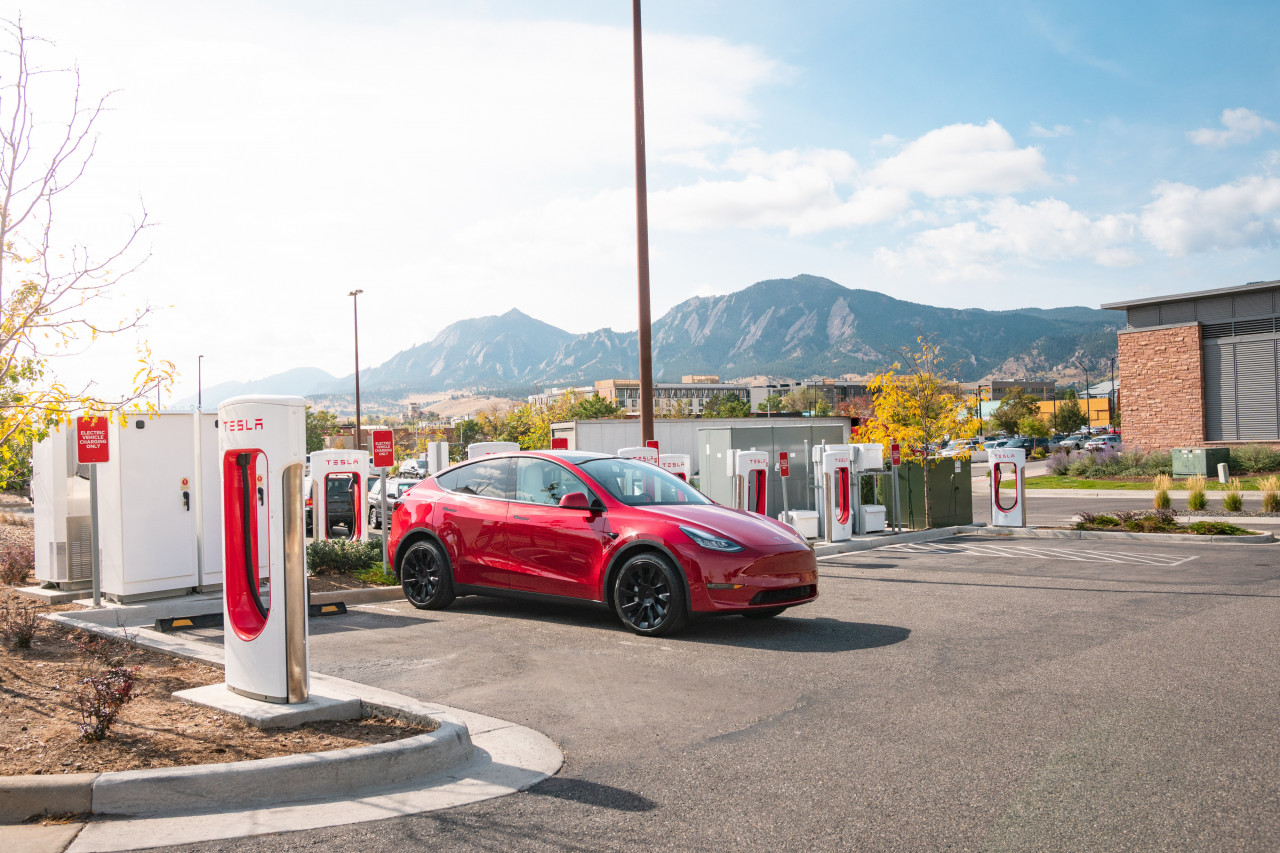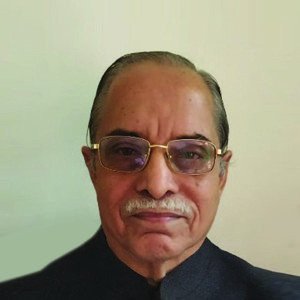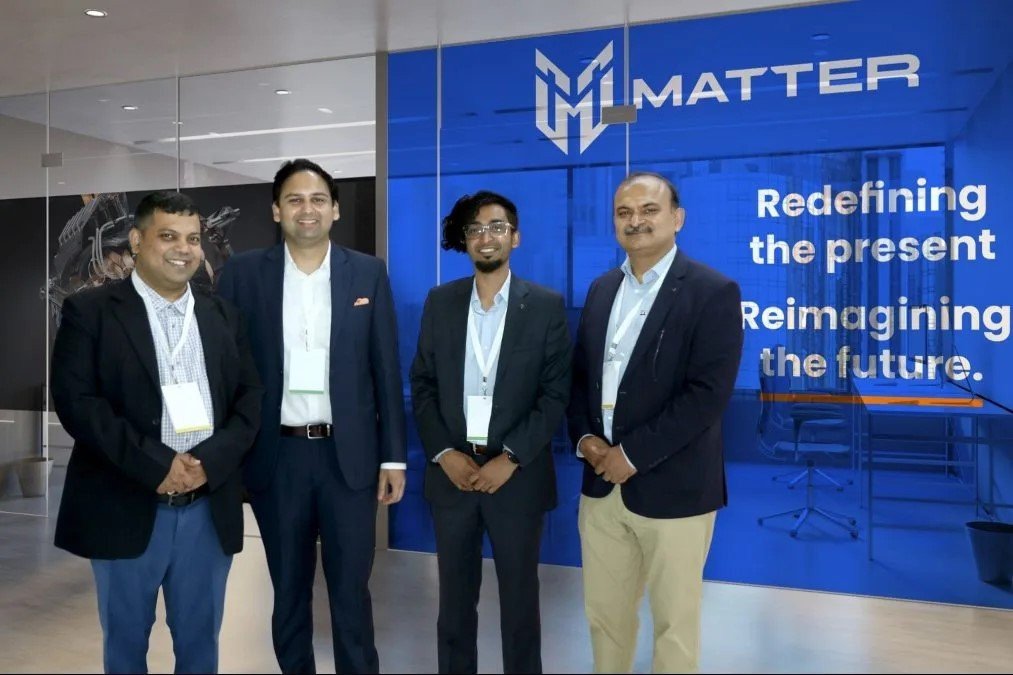Carbon neutral economy calls for collaborative action
Fossil-free mobility is finding its way onto Indian roads steadily and surely. Sudhendu J Sinha, Advisor - Infrastructure Connectivity & Electric Mobility vertical, NITI Aayog, explains how, notwithstanding the speed breakers, it is a rich lode of opportunity.
It may be a couple of years ago, or even less, that OEMs were uncertain if they should manufacture electric vehicles– 2Ws, 3Ws, or not. EVs were standing in showrooms waiting for consumers, the buyers. Today, at least for two years now, the position has reversed – the demand is more, the supply is less. And I find that OEMs are trying to ramp up their capacity in the fastest possible ways. New OEMs are also trying to enter the marketplace to cash in on the booming opportunity. A statistic to illustrate this demand comes from a 2W company, which will manufacture one e-2W scooter every two seconds! That is the kind of aspirational target they have. When they opened bookings recently, almost one lakh vehicles were booked within a day or so. That is the kind of demand that is going to take place. The best manufacturing units, whether local or international, want to be in India; they have understood the market potential here.
Guiding principles
The government's approach is very clear: 1) Everybody is welcome, subject to certain quality standards; 2) Localization or 'Make in India', known as Aatmanirbhar Bharat, is essential. These are the two guiding principles that we have taken to direct and ensure that within their gamut everybody is welcome. The idea is that we should not be perceived merely as a market, but rather as a kind of global fair that champions the green cause. To propel this cause, the government has introduced almost 30 PLI schemes. Out of those 30, the most aspirational, the newest and the first of its kind that is going to take place are two: one is the solar and storage and the second is of course the Advanced Chemistry Cell and Battery Storage.
In the promotion of EVs, the FAME-II scheme has provided a tremendous boost to the industry through incentive options to customers and aggregation principles. Electrification of bus fleets of nine selected cities known as the Grand Challenge is one of the milestones that had been achieved in a time span of three to four months. This brings major traction to the OEMs, to several component manufacturers, as well as to downstream products. That is the kind of incentivizing and strategy that we are using to promote e-mobility.
Battery & components
After the vehicles, we are now focussing on the battery. So, in a time span of say by mid-2022, we will be freezing the international or domestic people who will manufacture the advanced chemistry cell for the first time in India and the locations. Again, there are two principles: there cannot be any compromise on the quality and that it has to be made in India, which will happen gradually, progressively.
After the ACC, the third is components. The PLI scheme is offered for auto-components with a very significant thrust on the e-mobility aspect. These are three key factors of e-mobility that have been addressed.
Addressing charging infra issues
Our next agenda is addressing the pain points and areas of anxiety in charging infrastructure. We will ensure that the problems of charging infra are eliminated in a very short time. The important change to note here is that our targets are not in years anymore, but rather in months.
In this entire setup of a structural framework, where we say we are undertaking various reforms, it does not mean that policies have been implemented exclusively by the government. The role of the industry has been factored in at every stage. Every decision is taken with extensive stakeholder consultation.
We have also taken the initiative to travel and study the best of the e-mobility success stories in countries around the world. Whether it is the Scandinavian and Nordic countries; whether it is America, China, Taiwan, Japan, or Korea, we studied exactly how they have worked out the problem. Though it appears that we are kind of lagging, if you compare the number of years you will be amazed that within such a short span of time, we have been able to achieve such a big spike in comparison. Japan started in the 90s, China started in the mid-90s; they have a knowledge repository and experience of 20-25 odd years. They had their own failings; it is not that they were always successful. We too fail, but we re-strategize as we did with FAME-II.
To give an example: three months ago, our achievement in the FAME scheme concerning e-2Ws, where we had decided to support 10,00000 vehicles, our achievement was 3.5 percent. Now, three months later our achievement is close to11 percent. In another six months, this 11 percent will shoot to 18-20 percent.
In the e-3W aggregation model, CESL floated a single tender for close to 100,000 vehicles. This allows the entire traction, the point of inflection to be achieved by the OEMs and gives them that confidence. Now they should soon be able to establish the price drop achieved through this aggregation principle.
On cutting-edge research in India, we have connected with all the IITs. We connect with them almost on a fortnightly or monthly basis and as a result, nine of these institutes have either opened up fresh departments of battery or transformative mobility/electric engineering/sustainable engineering. Whatever the term is, in the end, it implies the promotion of e-mobility. And they are bringing our brilliant ideas. We have been able to connect the industry CTOs with the IITs. An arrangement has been made whereby the industry has to make a very clearly laid out problem statement, which will be supported and given by the industry. The research institutions have to come out with a solution in a time-bound manner like six or four months, at a maximum of one year. The IITs are to now run on a time-bound schedule and not expect big professorial chairs of five years.
On interacting with industry CTOs, I see that the industry itself is doing great work. Their focus is mostly confined to cost-cutting options like drive trains and others. There is tremendous activity taking place. In every policy, there is the role of the private sector involved; we have been talking to them, consulting with them.
The best part is that internationally we are being recognized for our pace of electrification of mobility. Another positive point that I have observed is that there is not a single country in the world that is not ready to help us by sharing experiences, by creating that situation where we can find a solution. I find this is something very positive. So, if you are unable to understand how the value chain of advanced chemistry cells moves, our office connects you to the best professor at MIT, you talk to him and he can explain how to solve the issue. This disruption is one of the biggest global, collaborative efforts towards achievement.
In conclusion, e-mobility initiatives that the government is undertaking, have to be a collaborative effort and we are supportive of industry initiatives and efforts.

